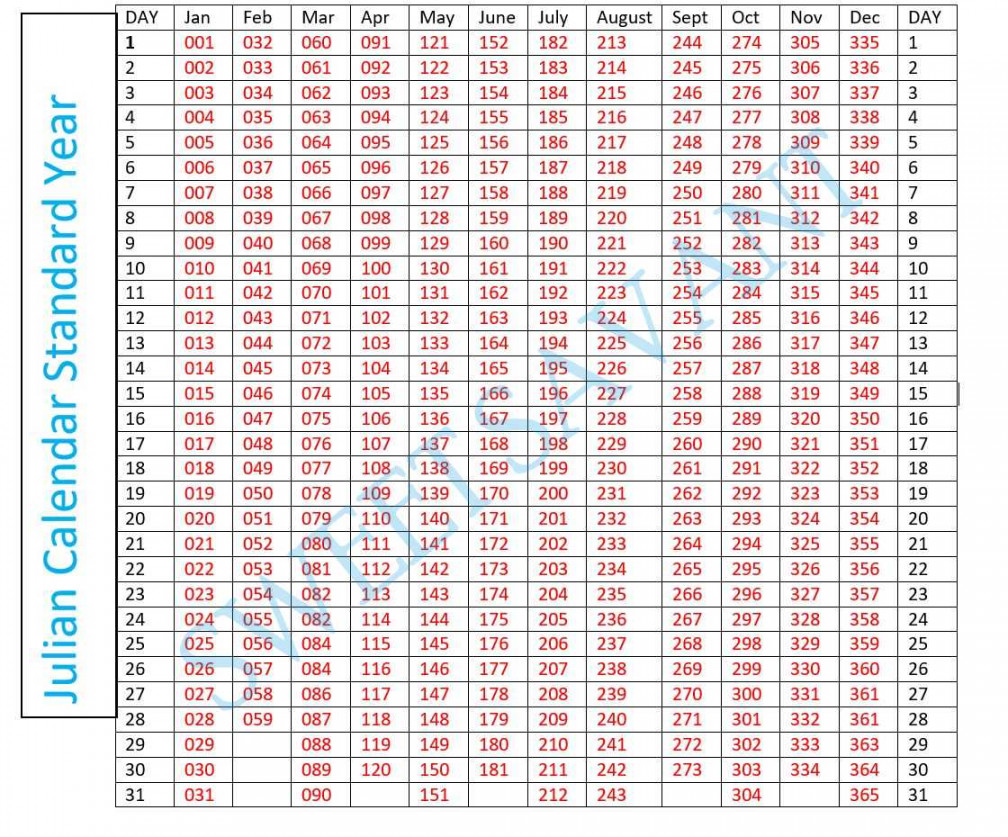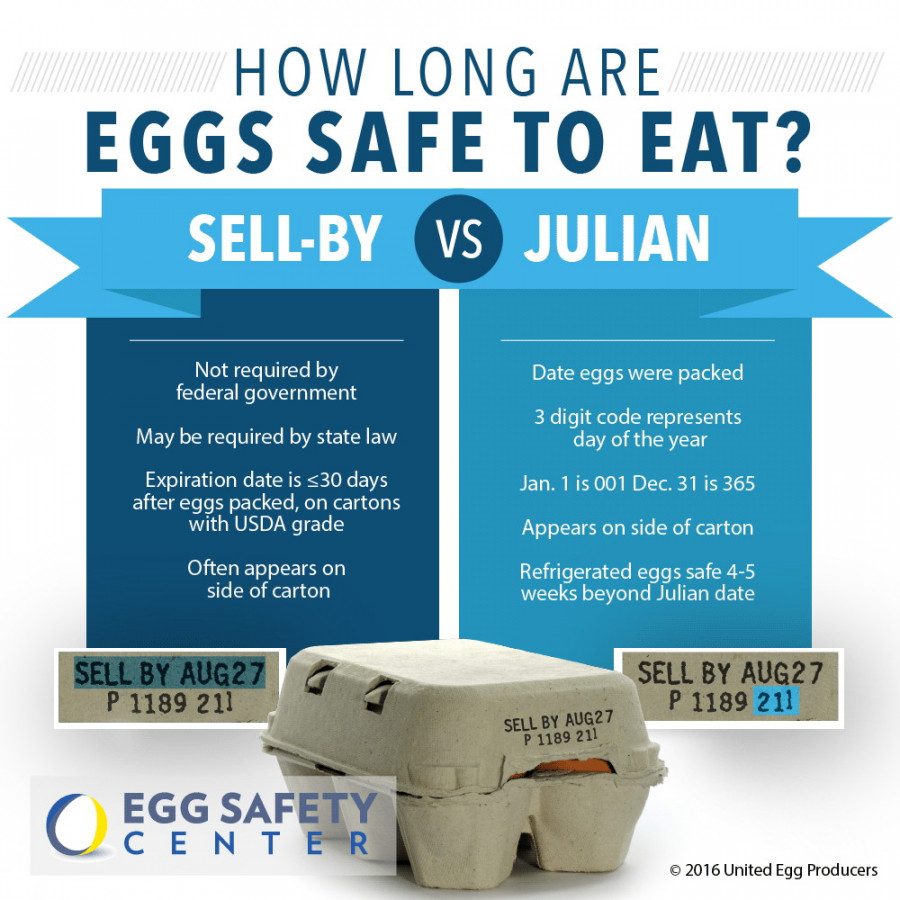Cracking the Code: How to Read Julian Dates on Eggs and Snag the Freshest Dozen
Cracking open a carton of eggs is a simple culinary joy. But have you ever noticed the mysterious codes lurking near the expiration date? No, it’s not a secret agent message (though it would be cool if it were). Those numbers are the Julian date, your key to unlocking the freshness of your egg stash.

Forget fancy calendars and months – the Julian date takes a straightforward approach. It’s a three-digit code representing the day of the year the eggs were packaged. January 1st? That’s 001. December 31st? A cool 365. Simple as that.
Here’s the drill:

1. Locate the Julian date: It’s usually stamped on the short side of the carton, sometimes near the USDA grade shield.
2. Do the calendar math: If you’re buying in early January, a lower number like 015 is fresher than a high number like 364. Conversely, later in the year, grab the highest number you can find.
3. Remember the magic number: Eggs stay safe to eat for four to five weeks after the Julian date, as long as you keep them snuggled in the fridge.

Some cartons might also have a “sell-by” date, which isn’t legally required but helps stores manage their stock. Just remember, that’s not the gospel truth on freshness – stick to the Julian date for the ultimate insider intel.
Julian dates are your friends in the egg aisle. By understanding them, you’ll become a freshness Jedi, choosing the best eggs for your breakfast scrambles, fluffy omelets, and decadent cakes.
Nope! Leap years just add an extra day (February 29th) with the number 60. The rest of the year stays on track.
Probably not. Some smaller producers or non-USDA inspected eggs might skip the Julian date. In that case, rely on the sell-by date or, better yet, do the ol’ sniff test when you get home.
Technically, maybe. If they’ve been kept refrigerated and smell fine, they might be okay. But for peace of mind and optimal taste, stick to eggs within the four-to-five-week window.
Sure! Think of it as a countdown. January 1st equals 365 days to go, July 4th is halfway through (183 days left), and December 31st is… well, zero days left!
The USDA Egg Safety Center is your one-stop shop for all things eggy! Check out their website at [https://eggsafety.org/](https://eggsafety.org/) for tips, recipes, and fun facts.
So next time you’re at the grocery store, don’t let those mysterious numbers intimidate you. Crack the code of the Julian date, grab the freshest eggs, and whip up some culinary masterpieces!
I hope this article and FAQs provide a comprehensive and engaging explanation of Julian dates on eggs in casual English. Feel free to customize it further with your own writing style and insights!